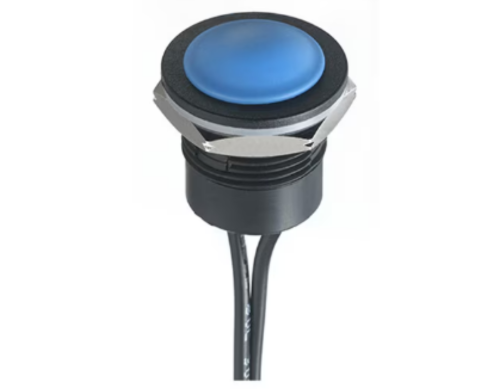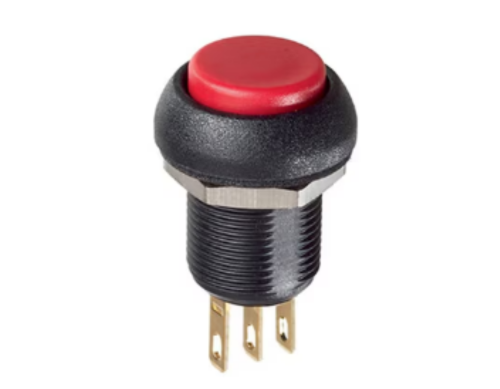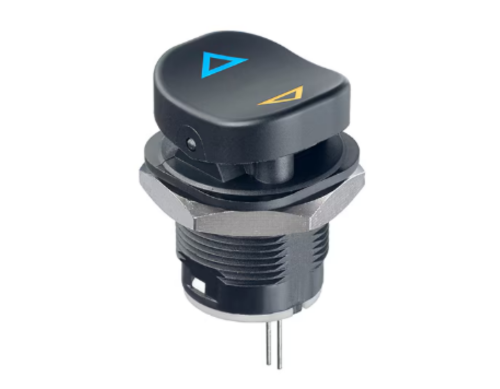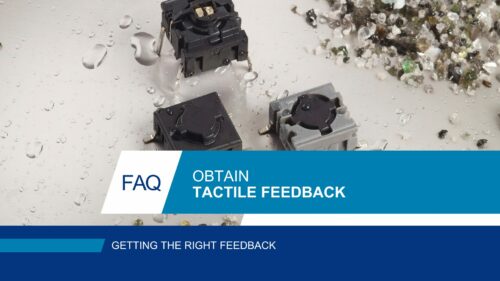A snap action switch, or microswitch, is a device that changes states quickly with a “snap” sound. Highly responsive, people know this switch for its reliability and durability, which has made it popular in industrial and consumer applications.
What is a snap action switch?
A snap action switch is an electrical switch that uses a spring-loaded lever for quick switching. This rapid action is what gives it the name “snap” as the switch quickly snaps between on and off positions.
A snap action switch works by using a small mechanism that is activated when pressed or moved. This spring quickly moves the switch’s contacts to make or break an electrical connection. The design ensures that the switch actuates at a specific and repeatable position, providing consistency in its performance.

Ensuring shock resistance in switches for harsh environments
When designing a switch for harsh environments, one must consider its level of resistance to shocks and vibrations. Shock resistance measures how well electrical contacts can maintain their function during strong vibrations or shocks. The IEC 512-4c/4d standard defines the tests measuring the resistance level by evaluating the capacity of the switch to withstand successive strong accelerations and decelerations.
What is the advantage of a snap action switch?
Two points must be evaluated to choose the right switch:
- Contact pressure: the higher it is, the better resistance level it will have.
- Switch weight: lightweight mechanisms have a better shock resistance because they are less submitted to inertia.
The « snap-action » mechanism combines these two features. It is a quick-break mechanism without intermediate state. The switch obtains switching by deforming a spring or moving contact when it is operated.
Choosing a « snap-action » mechanism allows combining a standard operating force and a high contact pressure. For this reason, in case of shocks or strong vibrations, there is no risk of contact without actuator operation. Moreover, to be easily deformable, the moving contact must be thin and light and these two features make it intrinsically resistant to shocks (low inertia).


Rigorous testing of snap action switches
It is important to test snap action switches to ensure they work well and are reliable. This is especially crucial in safety-critical and precise situations. The tests check the switches’ mechanical and electrical properties in various conditions. This is done to ensure they meet specific standards and performance requirements.
Two tests permit to verify the conformity to the IEC 512-4c/4d standard specifications.
- Vibration test on a vibrating table allowing precise configuration and vibrations in 2 or 3 directions.
- Shock test with a device mounted on 2 columns and simulating the fall of the tested product. The generic value of deceleration to which the product is submitted is equivalent to 50g.
Snap action’s main applications
Industrial machinery relies on switches to control and detect objects. These switches are crucial in industrial settings. They help automate processes and enhance safety by preventing machinery from operating beyond its intended limits.
Snap action switches are also found in various medical devices because of their high reliability and precision. They are used in hospital beds, medical imaging equipment, and other devices where precise operations are critical.


Consumer electronics: In gadgets like cameras, computers, and gaming consoles, snap action switches provide tactile feedback for buttons and switches, contributing to user interface design that responds instantly and predictably.
Office equipment: in devices like printers, copiers, and scanners, snap action switches help detect paper jams, tray closures, and other functional states that require immediate action or user notification.

What is the difference between snap action and slow break switches?
While snap action switches are known for their rapid actuation, minimizing wear and arcing, slow break switches operate differently. In slow break switches, the contacts separate slowly, causing longer arcs and more wear over time. This slower separation makes them suitable for applications where immediate disconnection is less critical.
Slow break switches are preferred in less demanding environments. They do not need to respond as quickly as snap action switches. Snap action switches are better suited for faster-paced situations. Understanding this distinction helps in choosing the right switch based on operational needs and environmental conditions.
APEM snap-action products
APEM offers a range of snap-action switches and pushbuttons:






